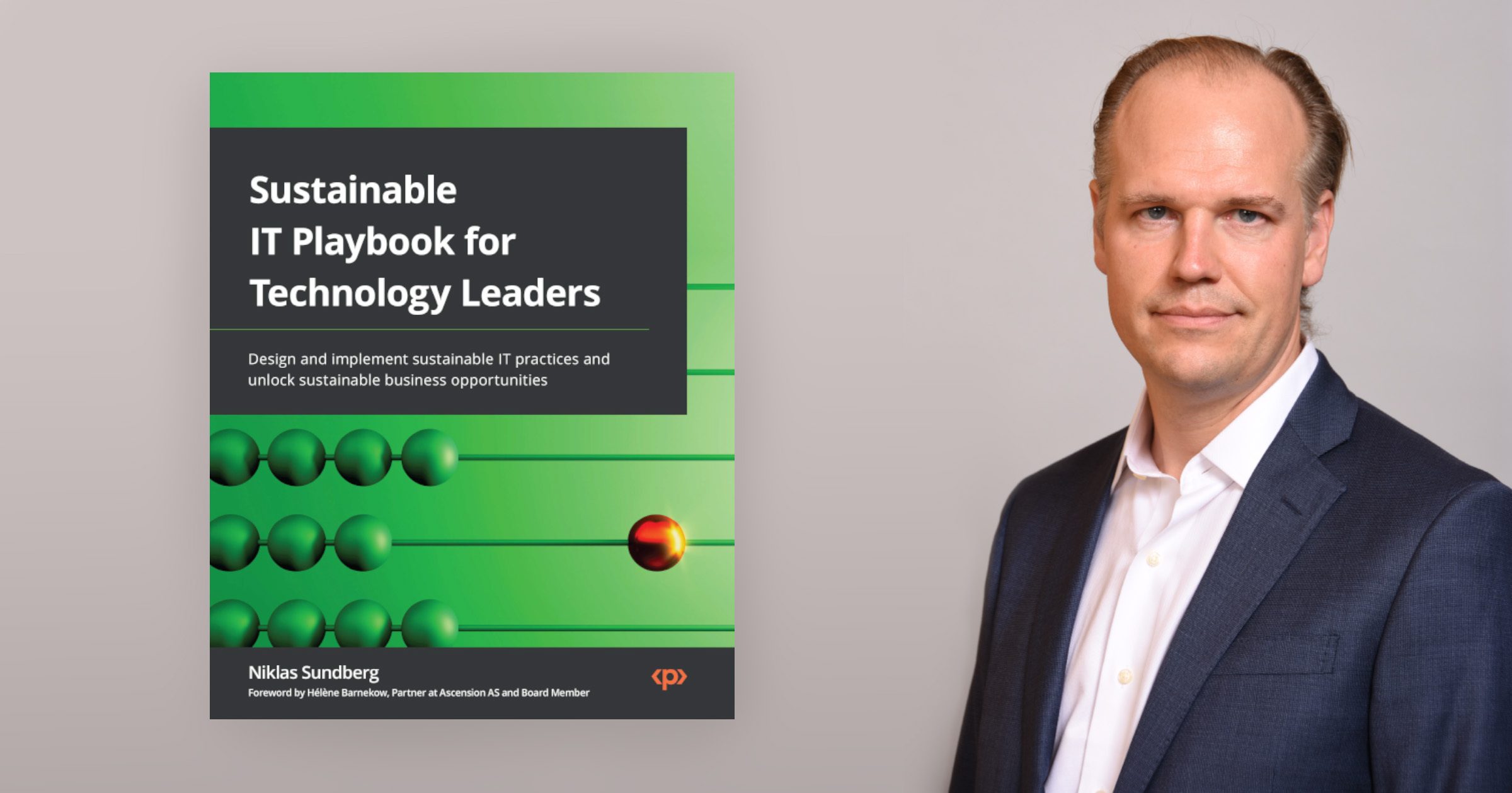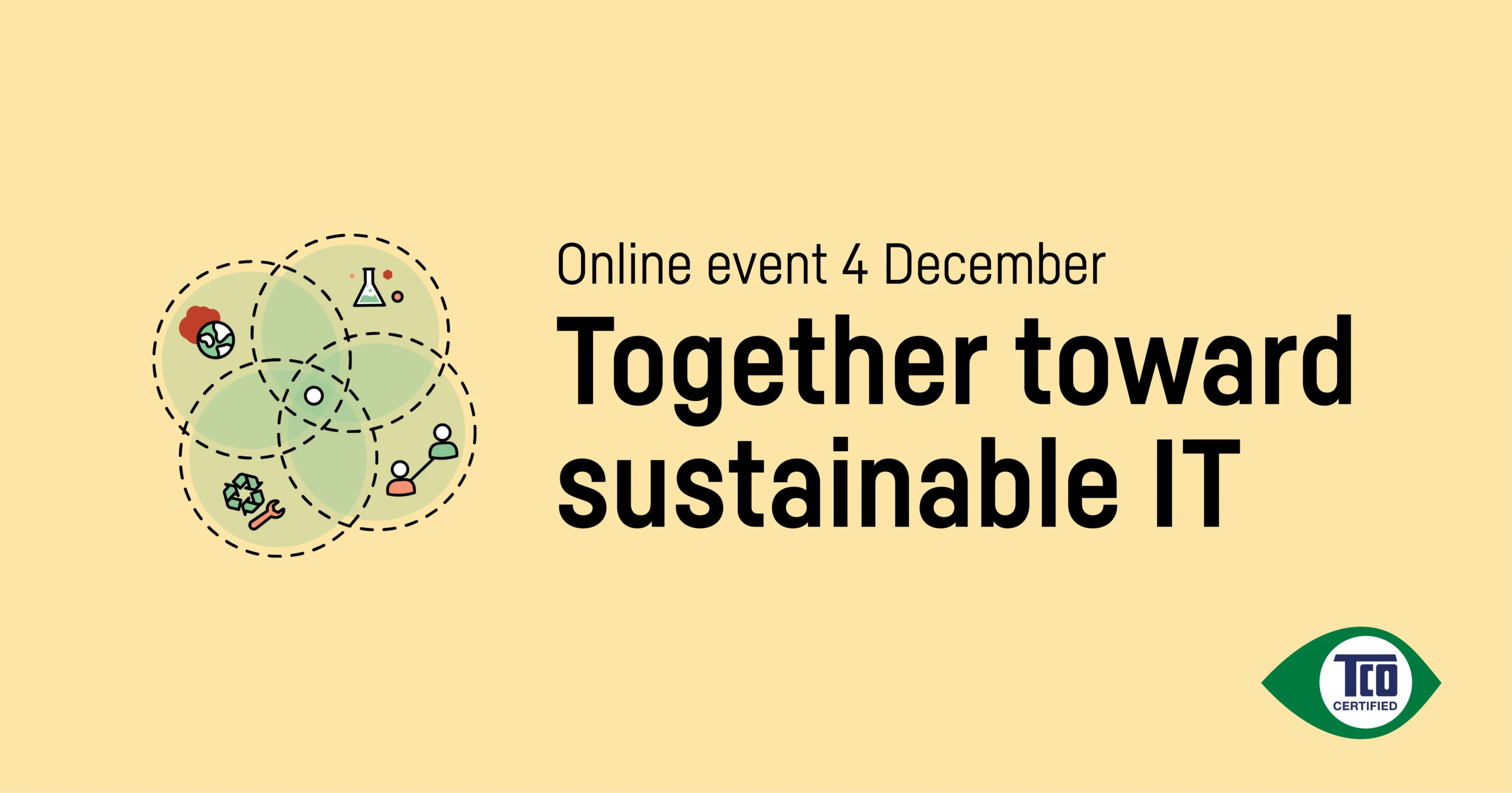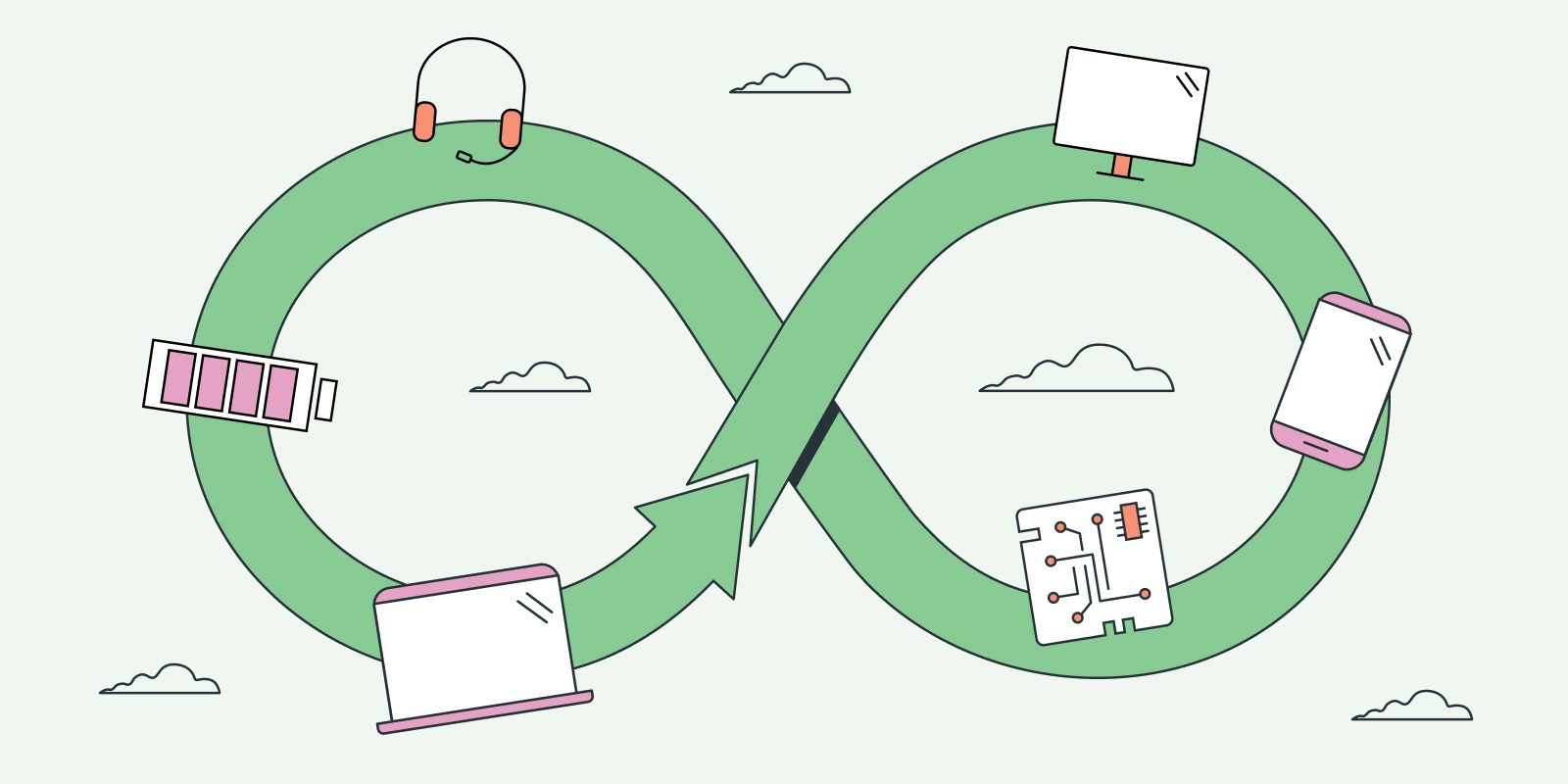How does the IT sector make itself more sustainable? Niklas Sundberg, Senior Vice President and CIO at ASSA ABLOY Global Solutions, a global access solutions provider, believes he has some of the answers. In his new book, Sustainable IT Playbook for Technology Leaders, Sundberg sets out ways to establish and implement sustainable IT strategies. He shares some of his insights here and starts by explaining what inspired him to write the book.
“I’ve always been passionate about ESG, and when I took on my current role, I wanted to use business as a platform to drive change. But as we developed our own sustainable IT strategies, I realized that there wasn’t anything already on the market. I was reaching out to my CIO network, to Gartner, McKinsey, Microsoft and other software vendors, and nobody had a comprehensive agenda for sustainable IT or sustainable technology – the conversation just wasn’t happening. This prompted me to write the book. I wanted to provide a practical playbook for technology leaders. I wanted to show them what their key action areas are and how to get started.”
The book is primarily aimed at technology leaders, such as CIOs, CTOs, CDOs, IT infrastructure managers, and software developers. It is also for IT vendors to help them understand their role in the system and the need for them to develop a more sustainable digital infrastructure.
One of the key insights Sundberg says he gained while writing the book was the extent of the environmental impact of IT and technology.
“The way we’re consuming energy, the way we are storing data, the impact of hardware in terms of servers, laptops, smartphones – we don’t really talk about IT in terms of the problem; we tend to talk about it in terms of being an enabler of solutions.
“The second is that a lot of the technology we need to make IT more sustainable is already here. You can start today. You can start embedding sustainability by design into everyday practice right now.”
Sundberg argues that we need to start thinking about sustainability in the same way we already do in terms of data protection, GDPR and other types of data regulation.
“As an industry, we need to ask ourselves how we build sustainable digital infrastructure for the future, minimize its impact, increase circularity, and become more resource efficient in terms of water, energy, and waste, Sundberg says.
“And then there’s improving sustainability through IT in terms of how we can leverage technology to unlock sustainable solutions, for example, enabling route optimization in delivery networks, improving last-mile delivery, and improving manufacturing processes by leveraging technology through sustainable IT.”
Sundberg argues that the most important thing CIOs can do to promote sustainability is to understand their own starting points.
“It’s important to understand your own context, your own company, your ambition. What are you going to do in the next decade, or to 2030? Is it halving your CO2 footprint?
“Second, how do you align your ambitions for IT with your company’s ambitions? So, understanding your own baseline, understanding where you have your key action areas: is it data centres, is it in the cloud, is to relocate applications to different regions, is it to optimize your code, or is it to manage your hardware in a more circular, efficient way?”
Sundberg also highlights the role of labels and certifications, saying that they enable technology leaders to adhere to pre-set requirements and standards.
“If we can come as a collective body putting requirements on vendors, this gives us a lot of leverage in a buying situation with the vendor. Setting and making up our own requirements is costly and inefficient; it’s more important to develop unified standards we can adhere to because that is going to benefit everybody.
Despite the challenges, Sundberg remains optimistic about the future in terms of the IT sector’s ability to change.
“When you look at the technology, when I see what has happened in just the last six months in terms of the leaps some of technology vendors are making, in terms of advances, in terms of uptake of use of renewable energy – I see a big pull from technology leaders. They are very interested in this subject, they’re keen to learn, keen to take action.
“But they have also been waiting: how do you get started, how do you accelerate this journey. Being in IT by default everything we do can have a global impact; it’s impact at scale with IT, so that makes me very optimistic. And also, when I’ve done my simulations in terms of how can we half CO2 emissions of IT, I also see there are very plausible scenarios for us to overachieve on the targets, but we need to get started here and now. There’s no waiting, we need to take action today.”




